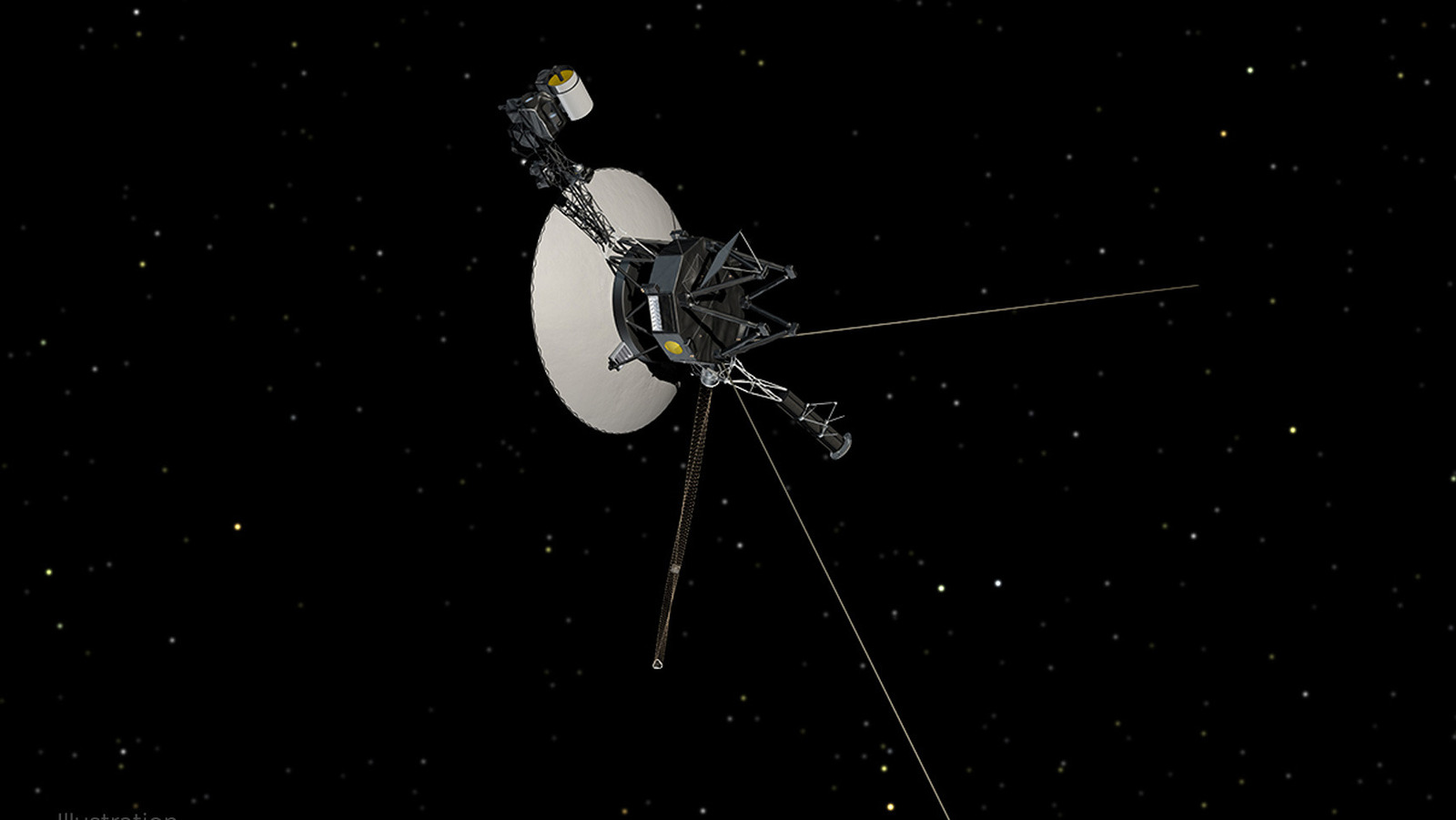
“A mystery like this is sort of par for the course at this stage of the Voyager mission,” Suzanne Dodd, project manager for Voyager 1 and 2, said. “The spacecraft are both almost 45 years old, which is far beyond what the mission planners anticipated. We’re also in interstellar space — a high-radiation environment that no spacecraft have flown in before. So there are some big challenges for the engineering team. But I think if there’s a way to solve this issue with the AACS, our team will find it.”
Every year that goes by, Voyager 1 loses about 4 watts of the total electric power it generates. In the past, NASA shut down several systems, subsystems, and even heaters to preserve energy for more important components. JPL engineers have to work around the AACS anomaly with this limited power supply. When NASA encounters this type of problem in distant spacecraft, the Voyager team works to solve it through software updates or deploying redundant systems.
In 2017, Voyager 1 lost its primary thrusters due to degradation, prompting the team to switch to the spacecraft’s backup thrusters, which fired despite being inactive for over 37 years. When software updates or redundant systems do not do the trick, NASA gets even more creative and learns to adapt to the anomaly — something it may need to do if it can’t figure out the cause of this problem with the Voyager 1’s AACS.
Stay connected with us on social media platform for instant update click here to join our Twitter, & Facebook
We are now on Telegram. Click here to join our channel (@TechiUpdate) and stay updated with the latest Technology headlines.
For all the latest Automobiles News Click Here
